Made in Maryland is a monthly segment by ABC 2's Cassie Carlisle, showcasing local unsung trades. If you know a company fitting this description email Cassie.Carlisle@wmar.com.
Candies are sweet, melt in your mouth, and full of flavor.
When you walk into Wockenfuss's Harford Road candy kitchen, you're hit with a wave of chocolate assaulting all senses.
You smell the chocolate melting in vats, the raspberry puree in the creams, and hear the crunch of toffees falling into a bath of almond crumbles, coating the candy. Everywhere you look, you're greeted with a smile.
The nine store chain didn't start out this big. In fact, it started with a teenager who came to the United States from Germany.
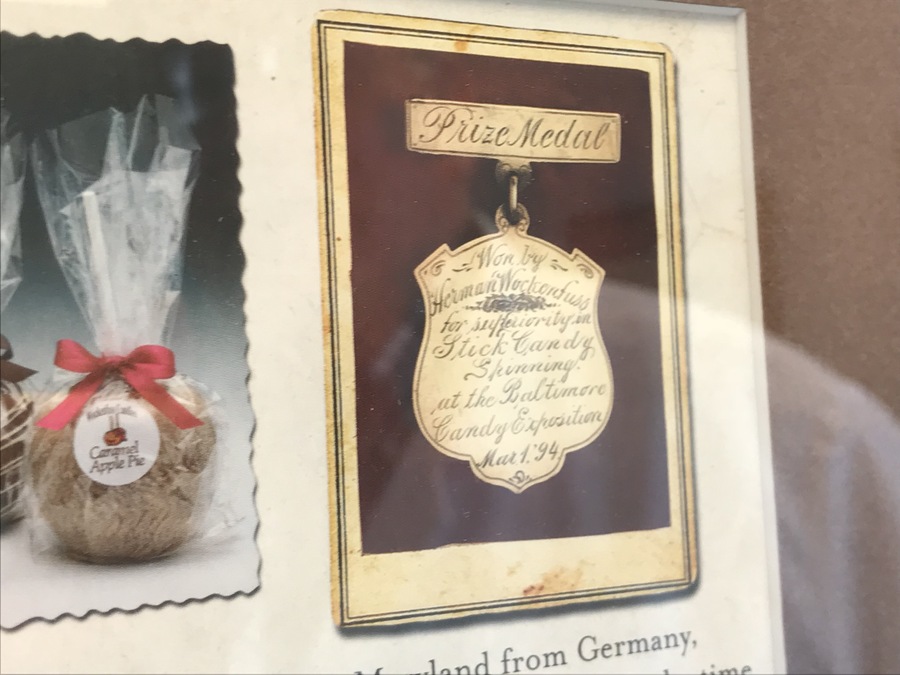
Herman Charles Wockenfuss came over with his father, a Bible Salesman, to see if America was the "promised land" they heard it to be.
They settled in Charm City. Baltimore had a port and a sugar refinery, ingredients creating a booming candy industry.
Herman Charles learned how to make candy at 14 and worked for candy businesses for 20 years.
"He got married and his wife says you know all this. Why don't you just open your own candy business," Current Owner (third generation) Paul Wockenfuss said.
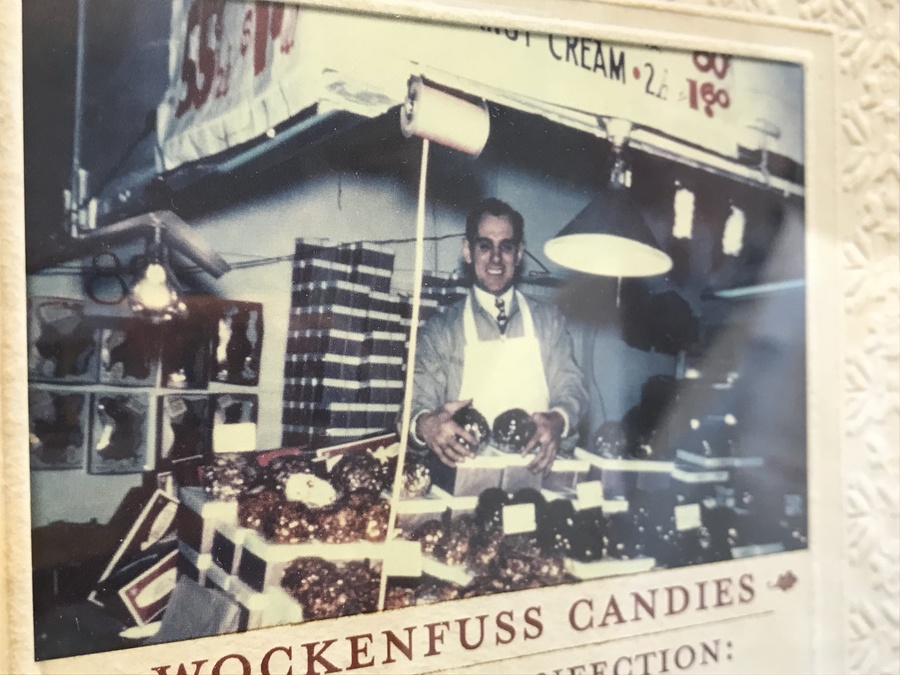
He followed his wife's advice and opened the Wockenfuss Candy Company in 1915.
The business flowed like the tide, spreading and receding store fronts across Baltimore, then moving to the counties, wherever people wanted to buy candy.
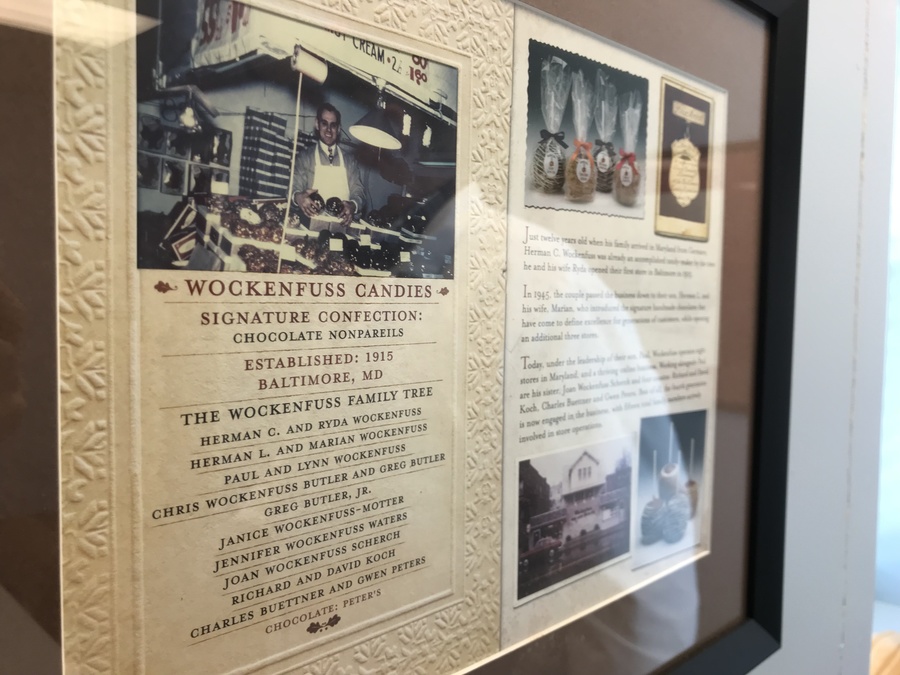
His son Herman Lee Wockenfuss took over the business when Herman Charles retired.
"They did some creams they did a lot of nut clusters, they did a lot of hard candy there wasn't much chocolate." Paul said.
After World War II, the candy scene changed drastically. Military veterans coming home from Europe craved chocolate.
Candy stores adapted, but only for the cooler months in the year, until air conditioning made it possible for year round production.
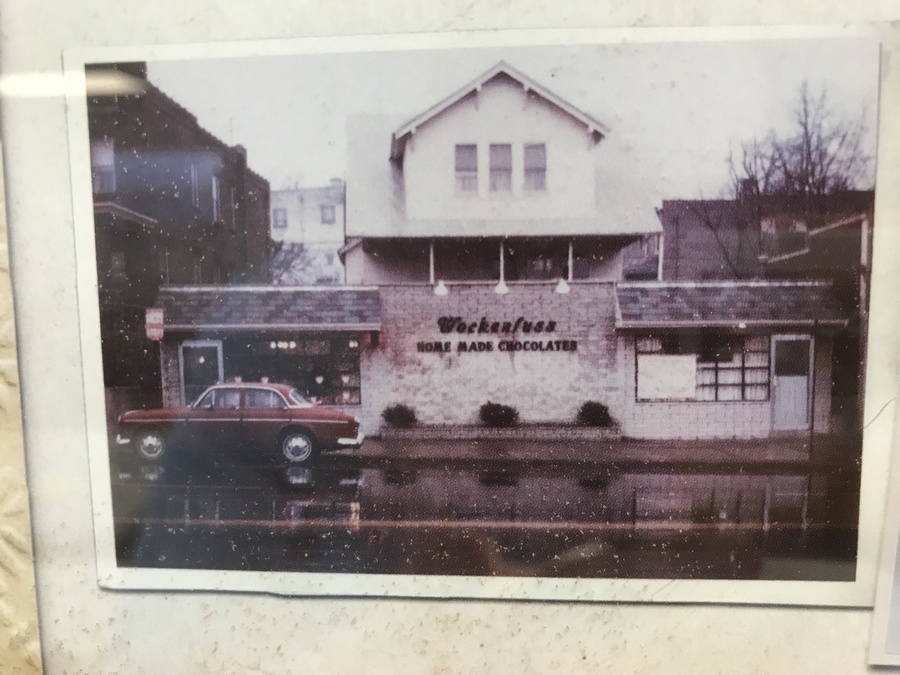
"We lived in a row house and my father made the candy in the basement, so yeah, even at age four I'd sit on the steps and watch him before I went to school in the morning," Paul said with wide eyes.
He was fascinated with the family business.
His mother and father often spoke of the business at dinner. It was such a pervasive topic, his mother forbade it at holiday gatherings, which Paul found amusing.
Herman Lee expanded the business, digging out his own front yard and building a candy store in its place.
He added odd layers, then bought the lot next door, expanding again. Long candy conveyor belts extended from one level up to another and wound around the space.
His son Paul was a Maryland State Trooper for several years, but was stuck on candy.
He came back to his roots, vowing to move the candy kitchen to another location, easing future burden on his three daughters if they wished to follow in the family's footsteps.
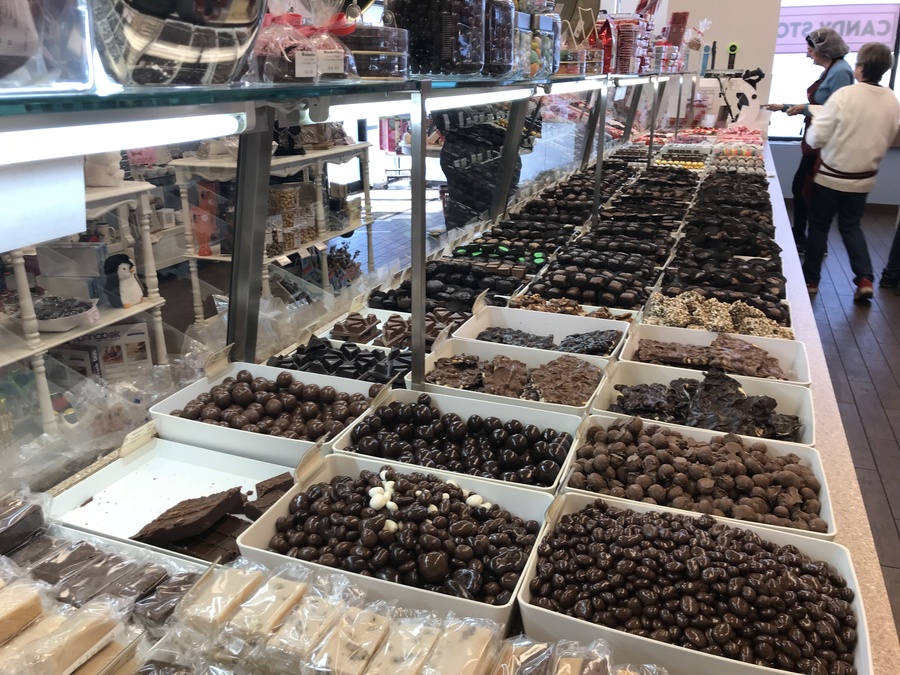
He was still alive when we moved in here, and I brought him down a couple times during the construction phase and when it opened. He says, 'Why are you doing this? At your age, you oughta be retiring and you oughta be taking it easy.' This is someone who worked until he was 84 'till he fell and broke his hip," Paul said laughing.
The diligent gene not lost through the generations of Germans.
Paul is loyal as well, betting everything he has on the family business. He took out a loan on his own home to keep Wockenfuss afloat during the Great Recession.
"If I lost all this and my home, and then three of my daughters are working here, luckily they all have spouses, that have good jobs also but..." he said trailing off.
Words like devastating wouldn't suffice.
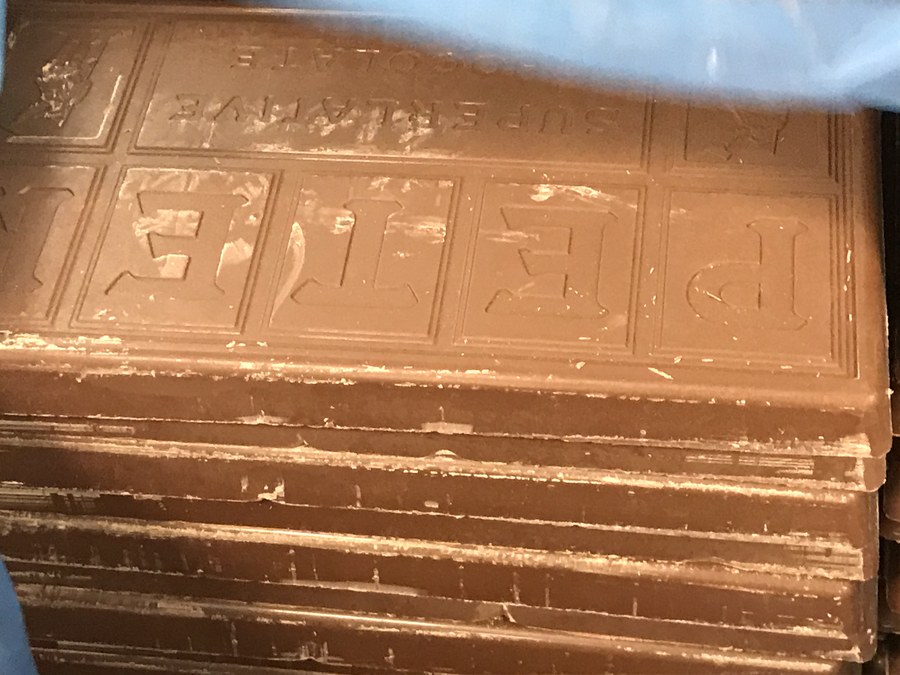
The past two years have been good to the company.
You'll see people lined up around the block leading up to Christmas and Valentine's Day.
Paul continues working to expand the business, bringing Wockenfuss into grocery stores.
He's not ready to retire anytime soon, and still loves coming to work, bringing the definition of "kid in a candy store" to life.
Paul told his daughters, "If you get up in the morning and you don't love what you do, quit. Don't do it because I'm doing it, I get up in the morning and I love to do this."
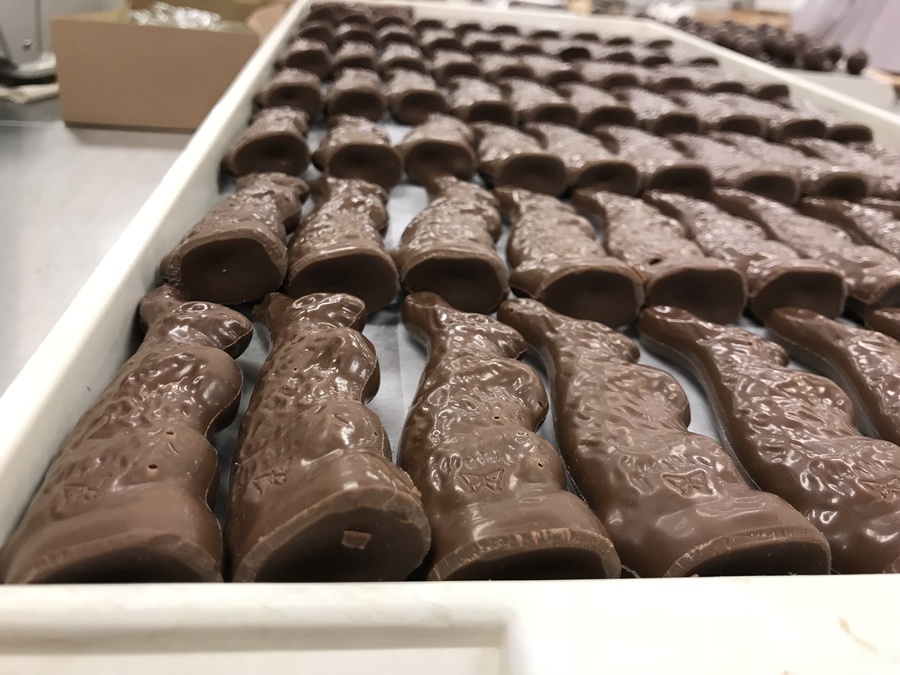
His family members run all nine stores across Maryland.
His grandson, the fifth generation, works with him at the candy kitchen in Baltimore, and he's hopeful the signature treats will be around for generations to come.
And of course, each one affectionately made right here in Maryland


